Rhythm Night Club Fire, 1940
Introduction
Text-to-speech Audio
Images
The historical marker for the Rhythm Night Club
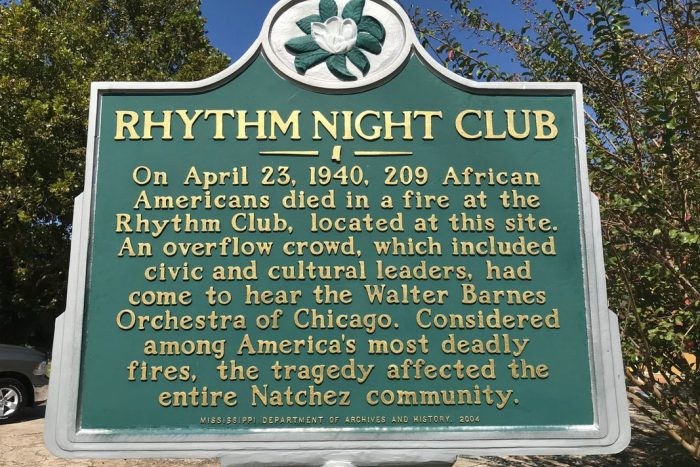
Walter Barnes and His Royal Creolians in 1930
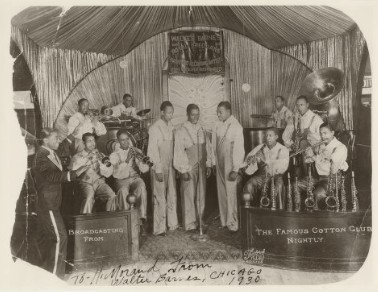
Before picture of The Rhythm Night Club
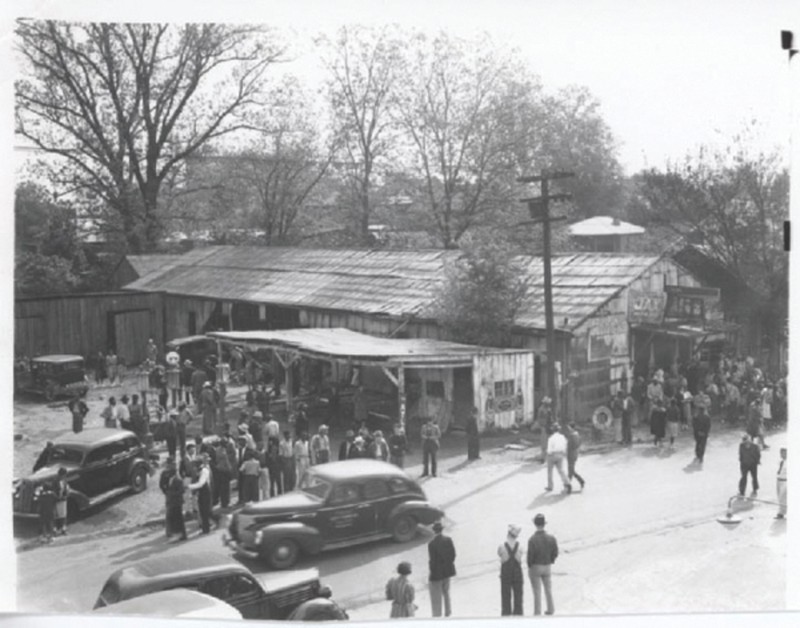
Aftermath of the Rhythm Night Club inside
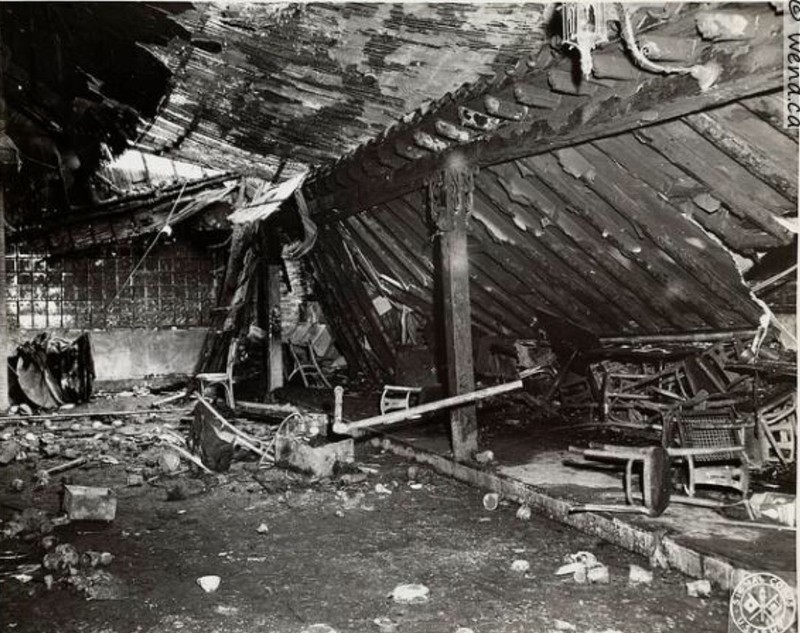
Aftermath of the Rhythm Night Club inside
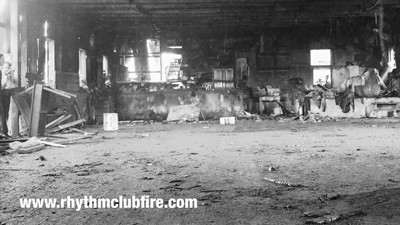
Aftermath of the Rhythm Night Club inside
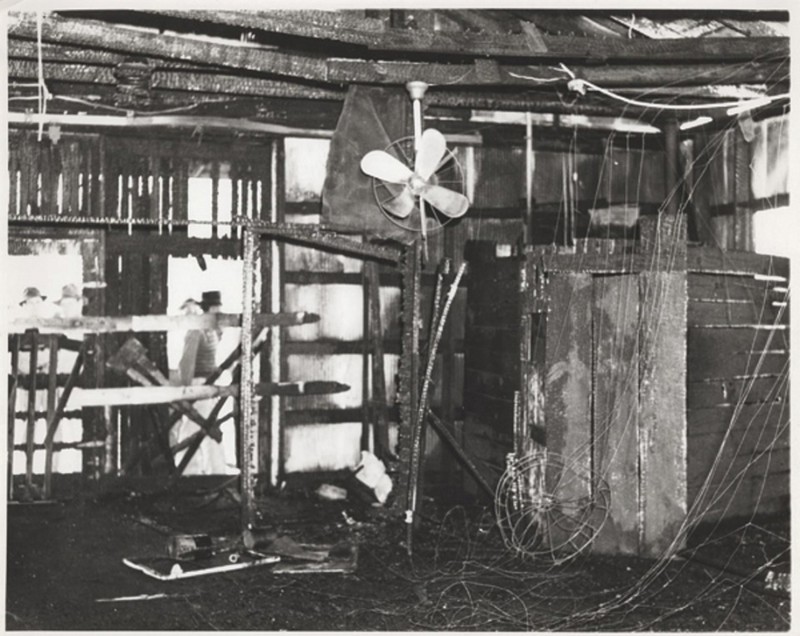
Today's site of where the Rhythm Night Club was before.
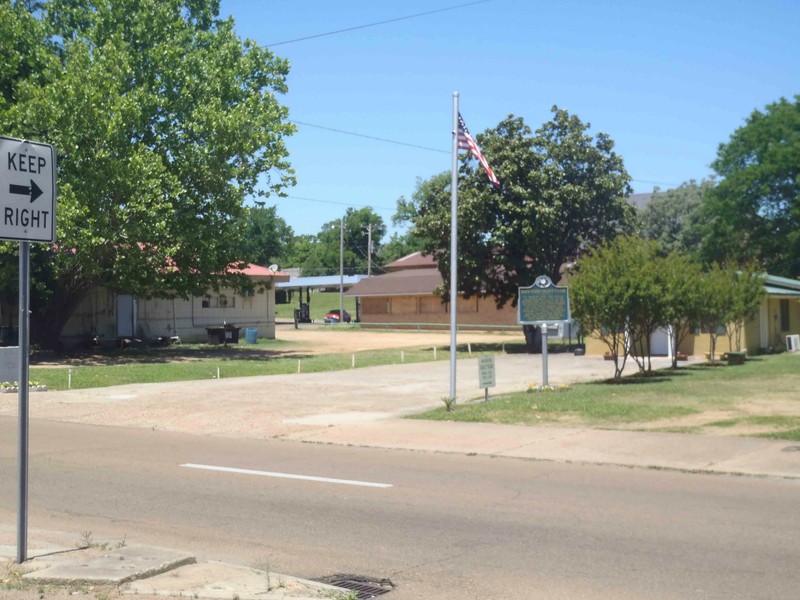
Today's site of where the Rhythm Night Club was before.
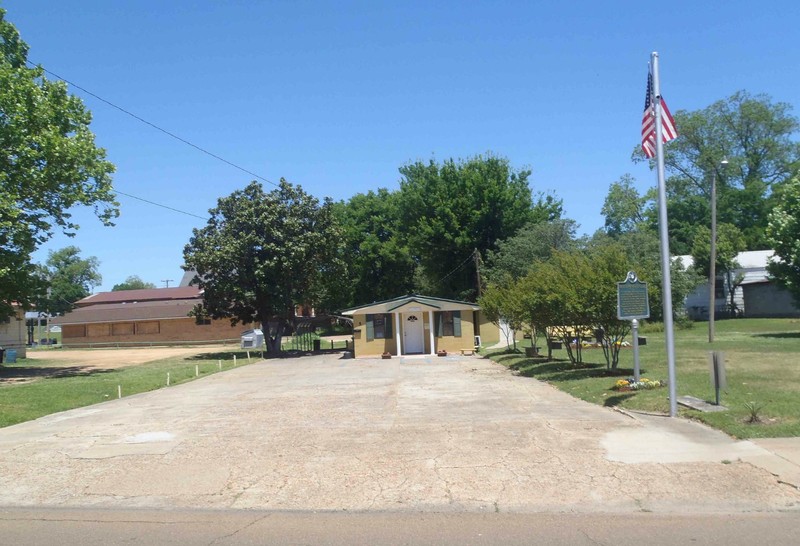
Backstory and Context
Text-to-speech Audio
On April 23, 1940, 209 African Americans died in a fire at the Rhythm Night Club. the death toll includes civic and cultural leaders who joined community members to enjoy a special one-night engagement of Chicago's Walter Barnes Orchestra of Chicago. The club regularly featured musicians who traveled between Chicago and New Orleans and across the South on what was known as the "chitlin' circuit" a nickname for a network of Black-owned clubs where African American musicians performed to mostly Black audiences.
Ed Frazier, the owner of the Rhythm Night Club, anticipated a record crowd when he booked Walter Barnes for a special show as they made their way home to Chicago in the spring of 1940. Barnes, who was originally from Vicksburg, Mississippi, was a contemporary of Duke Ellington. His band, known as the Creolians, had not achieved the same status as Ellington’s orchestra, but they were very popular and recorded music for Brunswick Records.
The Rhythm Night Club was a large structure with external frames and roofed with corrugated metal. To celebrate Barnes' arrival, Frazier decorated the club with lights and Spanish moss. To kill the bugs that burrowed in the moss, Frazier used a petroleum-based insecticide known as “Flit” and applied to the decoration. he also added fans to relieve the heat he expected the large crowd might generate. Both of these measures, combined with the decision to board up the windows of the club, contributed to the disaster that was about to occur.
Word of Walter Barnes' arrival spread through the Black community of Natchez. As a businessman, Frazier wanted to make sure he took in every penny and boarded the windows to make sure everyone who wanted to see and listen to the show paid the price of admission. Although the concert was scheduled on a Tuesday evening, more than 700 people paid to hear Walter Barnes’ orchestra. The audience included many teenage students and their teachers from Brumfield High School. The audience enjoyed the first hours of the show and danced to the music until late in the evening. Sometime around midnight, a fire that had broken out close to the club’s front entrance began to spread through the club. Within minutes the place was in flames by the flammable insecticide that covered the Spanish moss created both fire and smoke that was spread by the fans.
As always happens in a fire like this, the crowd panicked and many people were hurt as they tried to reach the exit. Some tried in vain to tear down the boarded-up windows before they were overtaken by smoke. The front doors were the only viable exit but because they opened inward, the push of the crowd prevented their opening fully and effectively. Hundreds of panicked concert-goers were trapped as the club turned into a furnace.
By the time the fire department arrived and extinguished the inferno, 209 people were dead. Many of the victims were in their teens and the majority died from asphyxiation. Others were trampled to death amid the stampede to exit the club. The remaining victims were burned beyond recognition. Among the dead were Ed Frazier, Walter Barnes, and many members of Barnes' band. Nearly every African American family in Natchez lost at least one of their family members in the tragic blaze.
The Red Cross worked to help the survivors and recovery efforts included acts of interracial collaboration. The streets of the city were packed as funeral processions made their way through the streets of Natchez. In Chicago, more than 15,000 mourners attended the funeral for bandleader Walter Barnes.
Sources
Rhythm Night Club - Natchez, Mississippi. Mississippi Blues Travellers. . . http://www.mississippibluestravellers.com/rhythm-night-club-natchez-mississippi/.
Cox, Karen L. “The Greatest Tragedy Ever to Strike the Race”: The Untold Story of the Rhythm Club Fire. WE'REHISTORY. April 23, 2018. . http://werehistory.org/the-greatest-tragedy-ever-to-strike-the-race-the-untold-story-of-the-rhythm-club-fire/.
